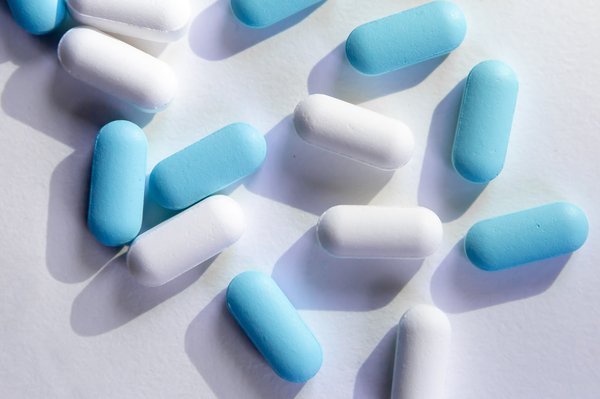Mortality data for 2017 indicates more than 47,000 opioid-involved overdose deaths, and one in eight adults now reports having had a family member or close friend die from opioids. Needless to say, it feels like something monumental needs to be done to tackle this epidemic.
In a surprising effort to do just that, a new report suggests that prescription heroin might be a treatment used to tackle drug addiction. The report, released by the RAND Corporation, suggests the use of two harm-reduction interventions to help people not in conventional treatment: prescription heroin and supervised drug consumption sites. Both approaches have reportedly been used around the world — in Australia, Canada, and Europe — but are very controversial and have yet to earn official approval in the United States, Vox reports.
“It’s not just handing out heroin to people,” report lead author Beau Kilmer of the RAND Drug Policy Research Center told BuzzFeed News. “It’s prescribing and injecting it in a carefully controlled setting for people who haven’t gotten any help any other way.”
RELATED READ: Drug overdoses and suicide driving decline in U.S. life expectancy
This unique treatment might be exactly what we need. Currently the go-to method for treatment of opioid use disorder (OUD) is methadone and buprenorphine, opioids used to satiate cravings in drug users and begin tapering them off drugs over months to years. But these treatments can be hard to come by — less than one-third of people needing treatment having access, according to the U.S. Surgeon General.
Per Vox, the Rand report is the most comprehensive look yet at the research on both prescription heroin sites and supervised consumption sites. Researchers concluded that the research for prescription heroin is fairly strong, backed by randomized controlled trials — the gold standard of scientific research. The evidence for supervised consumption sites is weaker, with only nine quasi-experimental studies available, and none were particularly strong, according to the report.
In fact, prescription heroin was determined to be most beneficial for older drug users unable to recover from addiction. Researchers found it worked better than methadone in spurring recovery and cutting total heroin use, Buzzfeed News reported.
Despite the success other countries have had in the use of prescription heroin to treat OUD, the major hurdle is that heroin is filed as an illegal drug in the United States and often faces more regulation than other illegal substances. For that reason, Kilmer’s team recommended trying the prescription heroin approach in medical studies in a few cities — perhaps the ones most affected by the opioid epidemic — the only currently legal way to provide it to people in this country.
But NPR noted that the report outlines an alternative that researchers might consider studying: a Schedule 2 opioid, hydromorphone, which is used to treat pain. The use of this drug, instead of heroin, would limit the hurdles in setting up the pilot program. A study in Vancouver found it was as effective as prescription heroin, and now at least seven sites in Canada offer injectable hydromorphone to patients.
Dr. Aaron Fox, from the Albert Einstein College of Medicine in New York, is open to a U.S. prescription heroin pilot program. In fact, he plans to travel next year to study its effectiveness in other countries, according to the NPR report:
He says he doesn't see it as a silver bullet, but often that's not how treatments work for other diseases, either.
"People need additional options for something like cancer. If people fail responding to treatment, there are other treatments," Fox says. "If people aren't able to stop or cut down on their heroin use when enrolled on methadone or buprenorphine, we need other options for people."


